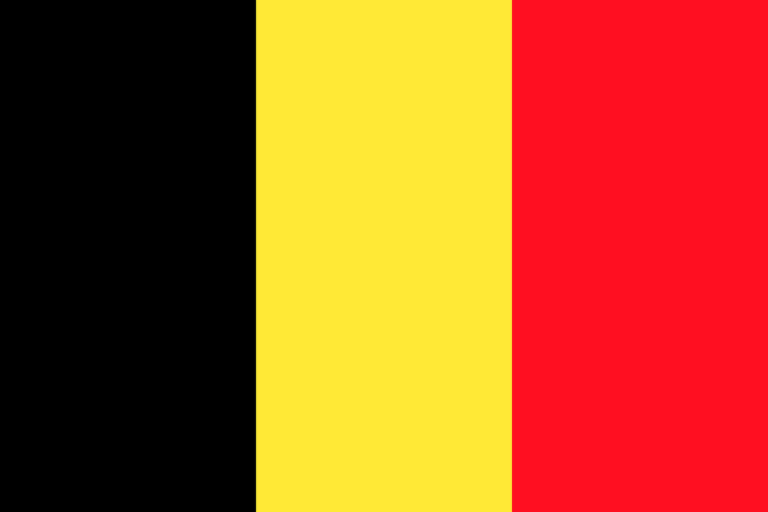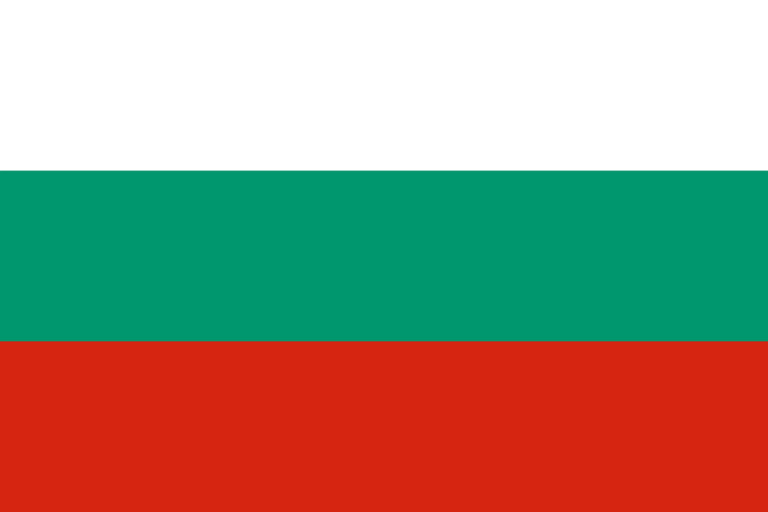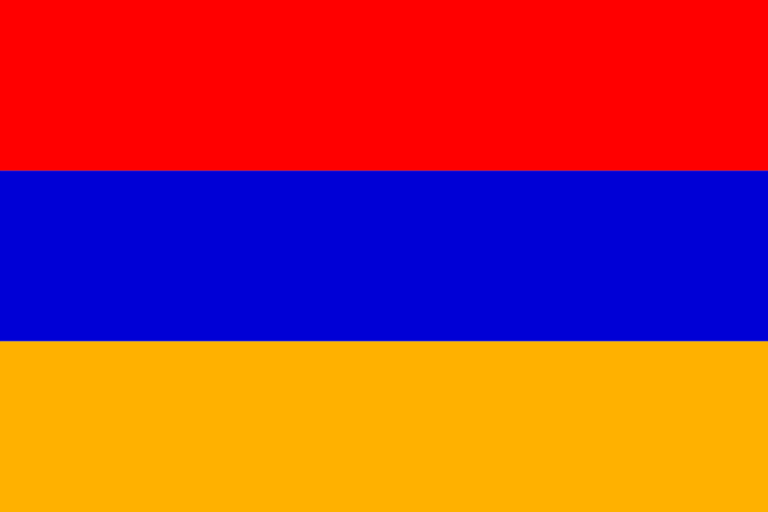Flags are powerful symbols that encapsulate the essence of a nation’s history, values, and aspirations. The national flag of Montenegro, with its distinct design and meaningful elements, stands as a proud emblem of Montenegrin heritage, identity, and the nation’s connection to its breathtaking natural surroundings. In this blog post, we will delve into the fascinating story behind the Montenegro national flag, exploring its origins, symbolism, historical significance, and its enduring importance in Montenegrin culture and society.
Origins and Design:
The Montenegro national flag features a red background with a golden double-headed eagle in the center. The red color symbolizes the bravery, courage, and resilience of the Montenegrin people throughout history. The double-headed eagle represents the historical legacy of the medieval Nemanjić dynasty, reflecting Montenegro’s proud heritage and its historical connections to other Slavic nations.
Symbolism and Meaning:
The elements on the Montenegro national flag carry deep symbolism. The red color signifies the bravery and fighting spirit of the Montenegrin people, who have often defended their independence and sovereignty throughout history. The double-headed eagle represents the strength, unity, and connection to Montenegro’s historical roots. It is a symbol of power and nobility, reflecting the country’s rich heritage and cultural legacy.
Historical Significance:
The current design of the Montenegro national flag was officially adopted on July 13, 2004, following the country’s independence from the State Union of Serbia and Montenegro. However, the use of the double-headed eagle as a symbol dates back to the medieval era. The flag is a testament to Montenegro’s long struggle for independence and self-determination.
Natural Beauty and Identity:
The Montenegro national flag also symbolizes the nation’s stunning natural beauty. Montenegro is known for its breathtaking landscapes, from the rugged mountains to the picturesque Adriatic coastline. The flag serves as a reminder of Montenegro’s connection to its natural surroundings and its commitment to preserving its ecological treasures.
Cultural Pride and Unity:
The Montenegro national flag holds deep cultural and national significance for the Montenegrin people. It is proudly displayed during national celebrations, sporting events, and cultural festivals, fostering a sense of unity, pride, and belonging. The flag serves as a unifying symbol, representing the diverse ethnic groups that make up Montenegro’s population and their shared commitment to the nation’s progress and prosperity.
Modern Outlook and European Integration:
The Montenegro national flag also reflects the country’s modern outlook and its aspirations for European integration. It represents Montenegro’s commitment to democratic values, human rights, and its desire to strengthen political, economic, and cultural ties with other European nations. The flag embodies Montenegro’s vision of a prosperous and inclusive future as an active member of the global community.
The Montenegro national flag, with its bold red background and majestic double-headed eagle, serves as a symbol of history, identity, and natural beauty. It represents the bravery, resilience, and cultural heritage of the Montenegrin people. The flag serves as a source of pride, unity, and a reminder of Montenegro’s connection to its stunning landscapes. As Montenegro continues to forge its path towards a brighter future, the national flag will remain a cherished emblem, symbolizing the rich history, shared values, and unwavering dedication of the Montenegrin nation to progress, prosperity, and preserving its unique cultural heritage.






